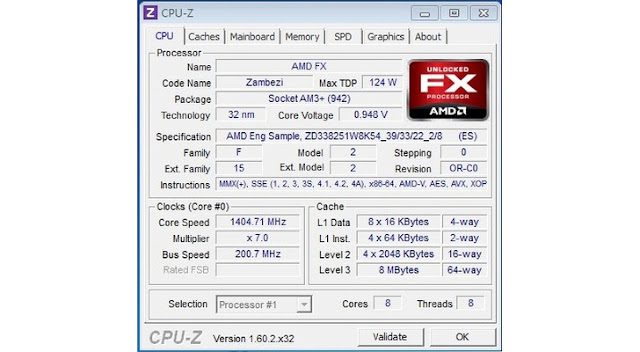We’ve always wondered why wouldn’t AMD further develop the successful Trinity architecture and move directly towards Kaveri with GCN graphics. Now there is work in the market that the company might indeed be working on an upgraded version of today’s successful APU.
The rumor doesn’t say anything clear, but there may be a new stepping to the hardware version that could bring lower power consumption for the mobile market or an increased frequency in the desktop sector. While many fear that this would be a Brazos 2.0 move, we don’t share their opinion. AMD never bothered to improve Brazos too much because Intel never bothered to improve the Atom line and as AMD’s Zacate architecture was clearly superior, there was no need for an overhaul or a new chip. AMD’s main foundry partner, Globalfoundries has already said that it is working on further developing the SOI technology and many thought that the two companies will collaborate a little less in the future because AMD is concentrating on the 28nm bulk tech instead of SOI. Things might be completely different.
Like we’ve said in our AMD Trinity Architectural Preview, the fabless CPU designer is conquering the low-end to mid-end desktop market and it is also making a great impact on the mobile segment. AMD needs big volumes of chips and the lowest manufacturing costs possible and this might explain why the company is preferring 28nm bulk technology over SOI technology. Looking at the way AMD has done things with the Trinity launch, we can easily imagine they will proceed in a similar manner next year. The company has launched the mobile parts first and the desktop versions are less of a priority. AMD wants to conquer as much of the mobile market as they can and also wants to ensure a fluent supply for the mobile customers where the margins are bigger then on the desktop market.
Professional market also has much bigger margins than the desktop market so the company is first launching the professional FirePro A300 APUs and only after these are in good supply, will AMD bother with the desktop Trinity launch. Next year, Kaveri will probably come right on time or a little bit later, but AMD is likely to repeat the strategy of concentrating on the mobile market first. The company might want to have an upgraded Trinity 2.0 available for the desktop market when they launch Kaveri for the mobile sector. Kaveri will come with a newer, more powerful and efficient architecture in the mobile land, but AMD will also have a slightly faster Trinity that will likely consume a little less power and bring higher working frequencies.
The 32nm process will have matured even more at Globalfoundries by then. The foundry is already working with FD-SOI, so an upgrade from regular SOI to FD-SOI in the same 32nm manufacturing node could bring significant efficiency and frequency improvements to the designs currently manufactured in 32mn SOI technology.
 |
| AMD Fusion logo Image credits to AMD |



 8/08/2012 07:55:00 PM
8/08/2012 07:55:00 PM
 dannzfay
dannzfay


































